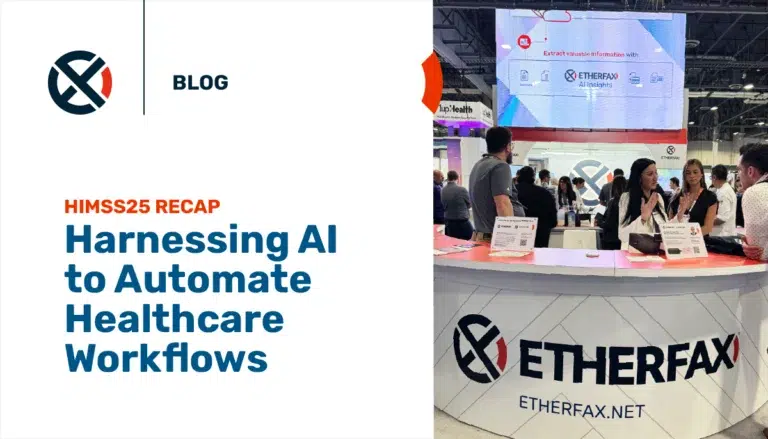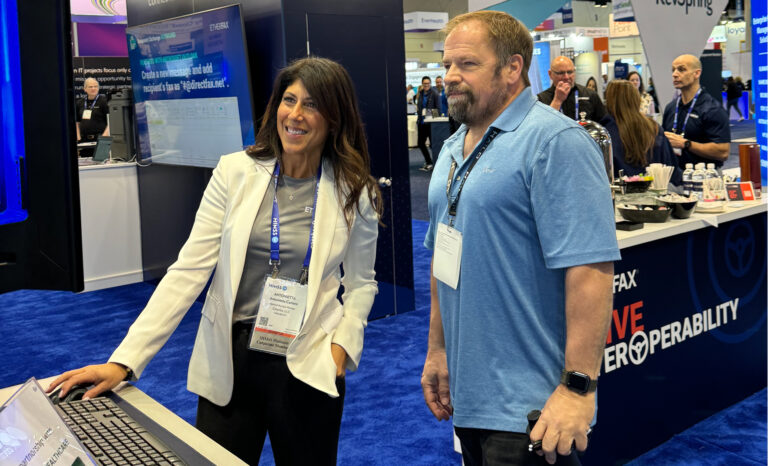I took the time to walk the floor of the recently concluded HIMSS 2024 conference and I was overwhelmed by the wealth of insights gained on the role of Artificial Intelligence (AI) in healthcare. The event highlighted the transformative potential of AI across multiple healthcare domains, such as revolutionizing medical imaging analysis, providing clinical decision support, optimizing billing systems, and detecting fraudulent activities.
Key Observations from HIMSS 2024
One of the key themes that emerged from HIMSS24 was the increasing use of generative AI in healthcare. GenAI, which uses LLMs and algorithms to generate new content such as images or text, was being heavily touted as a breakthrough solution to improve patient outcomes.
However, what I witnessed at each of the vendors booths was that the implementation of AI in healthcare is not without its challenges. The journey to implementing AI in healthcare is fraught with obstacles, including data quality, interoperability, security, skill gaps, infrastructure limitations, and cost concerns. Sure, lots of vendors offered lots of solutions, but implementing them would require a CMIO to piece together a hundred boutique offerings!
The Role of Secure Data Exchange
At the heart of these challenges lies the issue of data. Healthcare data is frequently incomplete, inconsistent, and inaccurate. An inconsistent dataset introduces biases and errors, which can have profound consequences for an AI model trained on such raw data. This can perpetuate healthcare disparities and affect patient outcomes.
Moreover, the inconsistency of data formats and protocols hampers the ability to compare and exchange data across different healthcare providers. The second most hyped term at HIMSS 2024 was ‘interoperability’, yet vendors had no way of sharing different data formats between multiple disparate systems and applications. If a provider sends a C-CDA via Direct Secure Message, that’s a great use case of interoperability. But, if the clinical care team they are sending to doesn’t know their Direct address, or can’t ingest HL7 or FHIR formats, what good does that do anyone? The acronym alphabet soup of HL7, FHIR, TEFCA, EDI, and others makes secure data exchange and interoperability nearly impossible to adopt and implement. This hinders collaboration and limits the potential for insights derived from large-scale data analysis.
Therefore, solving the AI problems in healthcare starts with secure data exchange. By ensuring the quality, consistency, and security of data, we can pave the way for a future where AI seamlessly integrates into health systems.
Looking Ahead
As we move forward, it’s clear that AI will continue to play a pivotal role in healthcare. However, to fully realize its potential, we must confront and overcome the challenges associated with its implementation. By focusing on secure data exchange and addressing the other obstacles head-on, we can empower healthcare providers and researchers to leverage AI effectively and transform patient care.







